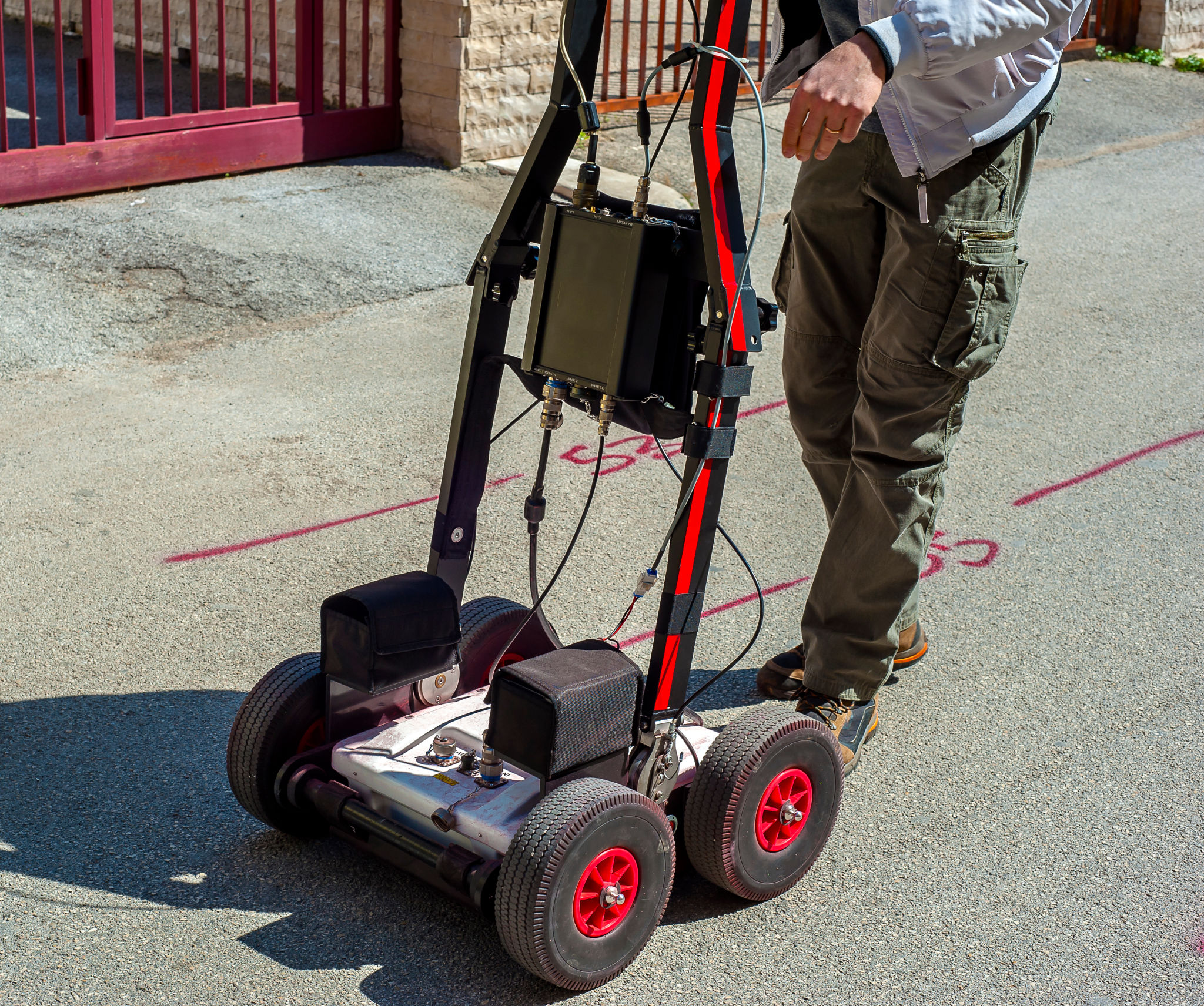Top Tools and Techniques for Effective Utility Locating
The Importance of Utility Locating
Utility locating is an essential process in construction, excavation, and various infrastructure projects. Accurately identifying the presence and location of underground utilities such as gas lines, water pipes, and telecommunications cables prevents accidental damage, which can lead to costly repairs and dangerous situations. Modern tools and techniques make locating these utilities more efficient and reliable.
Ground Penetrating Radar (GPR)
Ground Penetrating Radar (GPR) is a non-invasive method used to detect underground utilities. By sending electromagnetic waves into the ground, GPR can identify objects, changes in material, and voids. This technique is highly effective for locating non-metallic utilities like plastic pipes. GPR is especially useful in areas where traditional methods might not work effectively.

Electromagnetic Locators
Electromagnetic locators are widely used for detecting metallic utilities. These devices work by generating a magnetic field that interacts with metal objects underground. The locator receives the signal from the utility line and provides the user with its position. Electromagnetic locators are popular due to their accuracy and ease of use, making them an indispensable tool in utility locating.
Advanced Mapping Techniques
In addition to traditional tools, advanced mapping techniques play a crucial role in utility locating. Geographic Information Systems (GIS) allow professionals to create detailed maps of utility networks. These maps provide valuable data for planning and executing projects while minimizing the risk of hitting underground utilities.
Subsurface Utility Engineering (SUE)
Subsurface Utility Engineering (SUE) is a practice that combines civil engineering and geophysics to manage risks associated with underground utilities. SUE involves collecting, analyzing, and managing utility data to provide accurate information about the location and condition of utilities. This comprehensive approach helps prevent project delays and enhances safety on site.

Vacuum Excavation
Vacuum excavation is a safer alternative to traditional digging methods for exposing utilities. This technique uses high-pressure air or water to break up soil, which is then removed by a vacuum system. Vacuum excavation reduces the risk of damaging utilities and is often used in congested areas where precision is critical.
Best Practices for Utility Locating
To ensure effective utility locating, professionals should follow best practices. These include conducting thorough site surveys, using a combination of tools for cross-verification, and maintaining clear communication with all stakeholders involved in the project.
Regular training and staying updated with technological advancements also play a significant role in improving utility locating processes. By investing in the right tools and techniques, companies can enhance safety, reduce costs, and achieve project success.

Conclusion
Utility locating is a vital component of any project involving ground disturbance. By leveraging advanced tools and techniques like GPR, electromagnetic locators, GIS mapping, SUE, and vacuum excavation, professionals can effectively identify underground utilities and prevent damage. Following best practices ensures that projects are completed safely and efficiently, with minimal risk to workers and infrastructure.
